Survival Skills
Wilderness First Aid Basics You Should Know
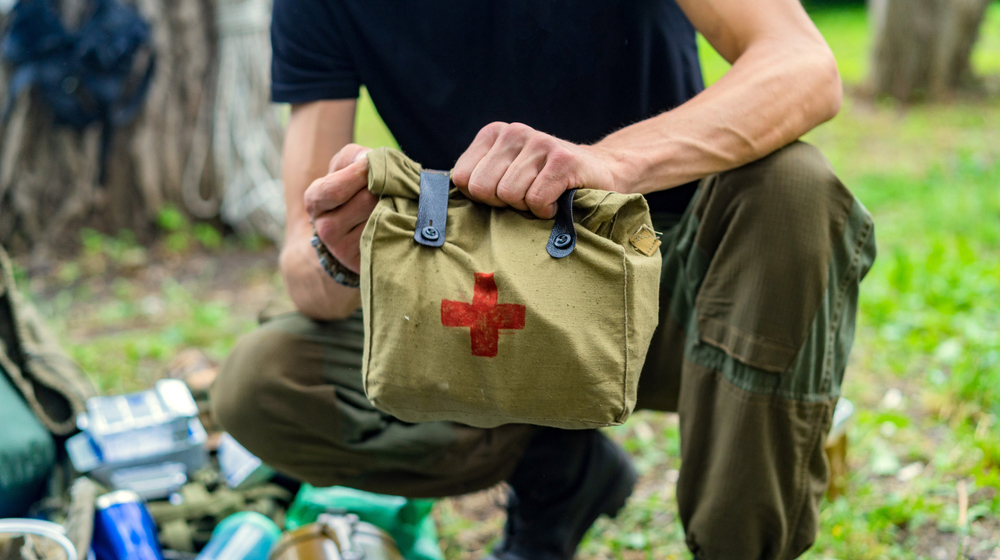
Before you head outdoors, are you sure you have a wilderness first aid kit with you? And a complete one at that? You'll never know what situation you'll run into, so it's best to be prepared!
Wilderness First Aid Kit Essentials
As you plan your next hiking or camping trip, don’t forget to pack your First Aid Kit – even if it’s as simple as a few bandages and some antiseptic ointment. Ideally, your kit will be a little more robust and could end up being a critical component of your excursion. Being able to treat minor wounds and knowing what to do in case of major injuries can be a lifesaver out in the wild.
Depending on where you venture out, the dangers you face could vary from a twisted ankle to a scraped knee, to frostbite and hypothermia, to bee stings to broken bones. Rather than guess at how to handle things, know before you go – this way you don’t find yourself miles from the nearest hospital in dire straits.
First Aid Kit Checklist
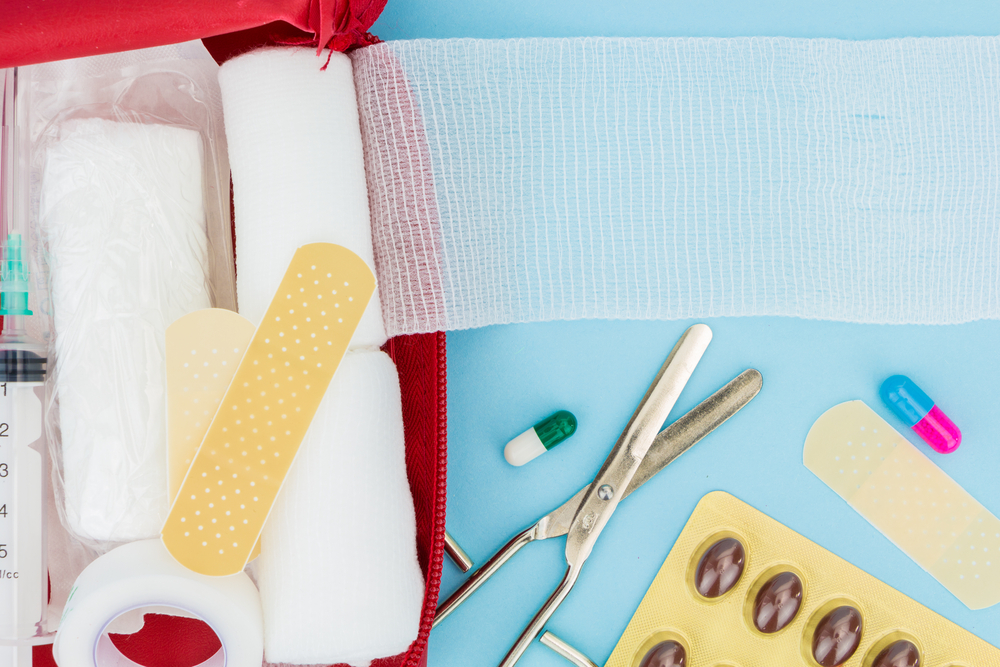
Your first aid kit should definitely contain:
- Disinfectant
- Band-Aids
- Ace bandages
- Bite or sting ointment
- Tweezers
- Benadryl
You may want to throw in some gauze pads and Ibuprofen, and of course, your EpiPen if you require one.
Always be sure to notify at least one person of where you are hiking or camping, and when you expect to return, especially if you are heading out alone. Make sure your cell phone is fully charged, and familiarize yourself with how far the nearest hospital or medical facility is from your location. It’s not a bad idea to bring a whistle and/or some flares with you, in case you need to call for help.
Most Common Injuries Sustained in the Wild
The most common injuries you should be prepared to address are:
- Blisters
- Snakebites
- Frostbite
- Deep cuts
- Burns
- Broken bones
- Sprained ankles
- Allergic reactions
- Rashes
- Poisonous berries
- Dehydration
- Heatstroke
- Altitude sickness
With careful planning, you can avoid most of these perils, but even the most experienced hikers can misstep occasionally.
First Aid Basics
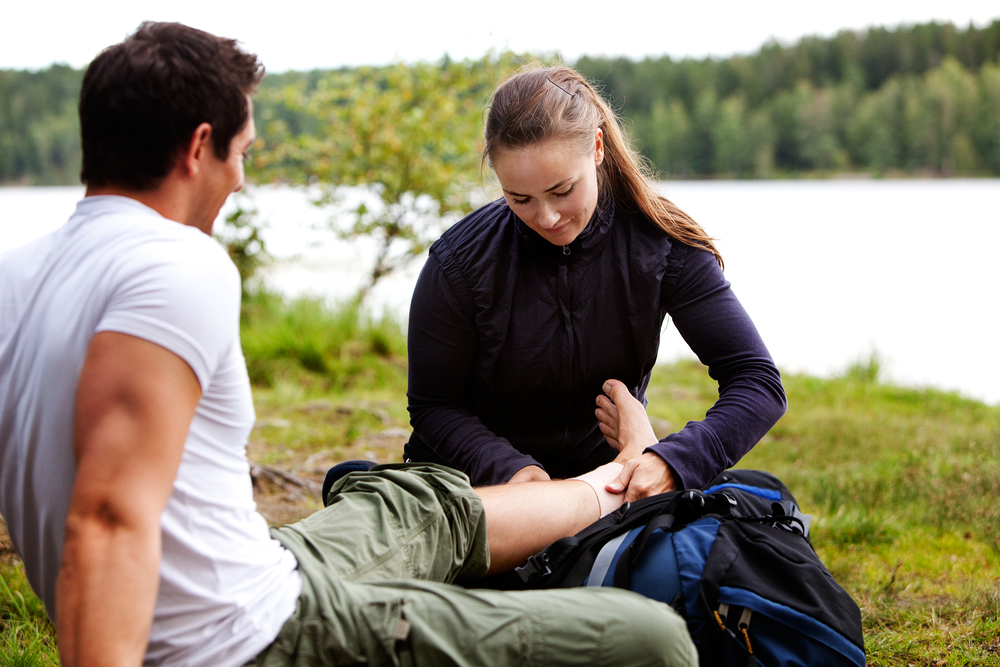
- If you’re dealing with any kind of wound or blister, always make sure to keep it clean and covered. Deeper cuts will require compression and you’ll want to seek medical attention. Clean and loosely cover burns.
- Snakebites are very rare. If you’re certain the snake that bit you wasn’t venomous, all you need to do is clean the area. If the snake was venomous, try to take a photo of it so that the correct anti-venom can be obtained by the local hospital.
- Frostbite can result in amputations if not treated properly by professionals, so if you start to feel a painful pins-and-needles sensation, get to a hospital.
- Sprained ankles and broken bones are extremely common with the uneven terrain you’ll encounter. Sprained ankles can be treated with ice and by wrapping it in an Ace bandage.
- Do not remove your shoe or boot if your ankle is sprained. It can swell up and make it impossible to put your footwear back on. For broken bones, you’ll want to fashion a splint out of a stick or tent pole and get to a doctor.
- Allergic reactions and rashes can both range from mild symptoms to severe discomfort. If you experience either on the mild side, there’s no need to interrupt your hike. Some Benadryl or a soothing ointment should help. Serious reactions may require medical attention.
- If you or a fellow hiker may have ingested poisonous berries, you’ll want to contact Poison Control right away to assess the severity of the situation.
- Dehydration and Heatstroke can both be addressed by sitting down in a cool place and drinking lots of water.
- If you experience altitude sickness, it is recommended that you descend to where you start feeling better and see a medical professional.
The great outdoors is truly great, with majestic peaks to scale, serene lakes to camp beside, and soothing forests to explore. By preparing for all possible scenarios, you can comfortably enjoy everything the wilderness has to offer. Knowing your first aid basics is an important element of hiking and camping.
Do you have other things you include in your wilderness first aid kit? Share it with us in the comments section!
Up Next:
-

 Paracord Projects1 year ago
Paracord Projects1 year agoParacord Projects | 36 Cool Paracord Ideas For Your Paracord Survival Projects
-

 Paracord Projects1 year ago
Paracord Projects1 year agoHow To Make Paracord Survival Bracelets | DIY Survival Prepping
-

 Medical Care1 year ago
Medical Care1 year ago21 Home Remedies For Toothache Pain Relief
-

 Knife Laws1 year ago
Knife Laws1 year agoAre Switchblades Legal? Knife Laws By State
-

 Do It Yourself1 year ago
Do It Yourself1 year agoSurvival DIY: How To Melt Aluminum Cans For Casting




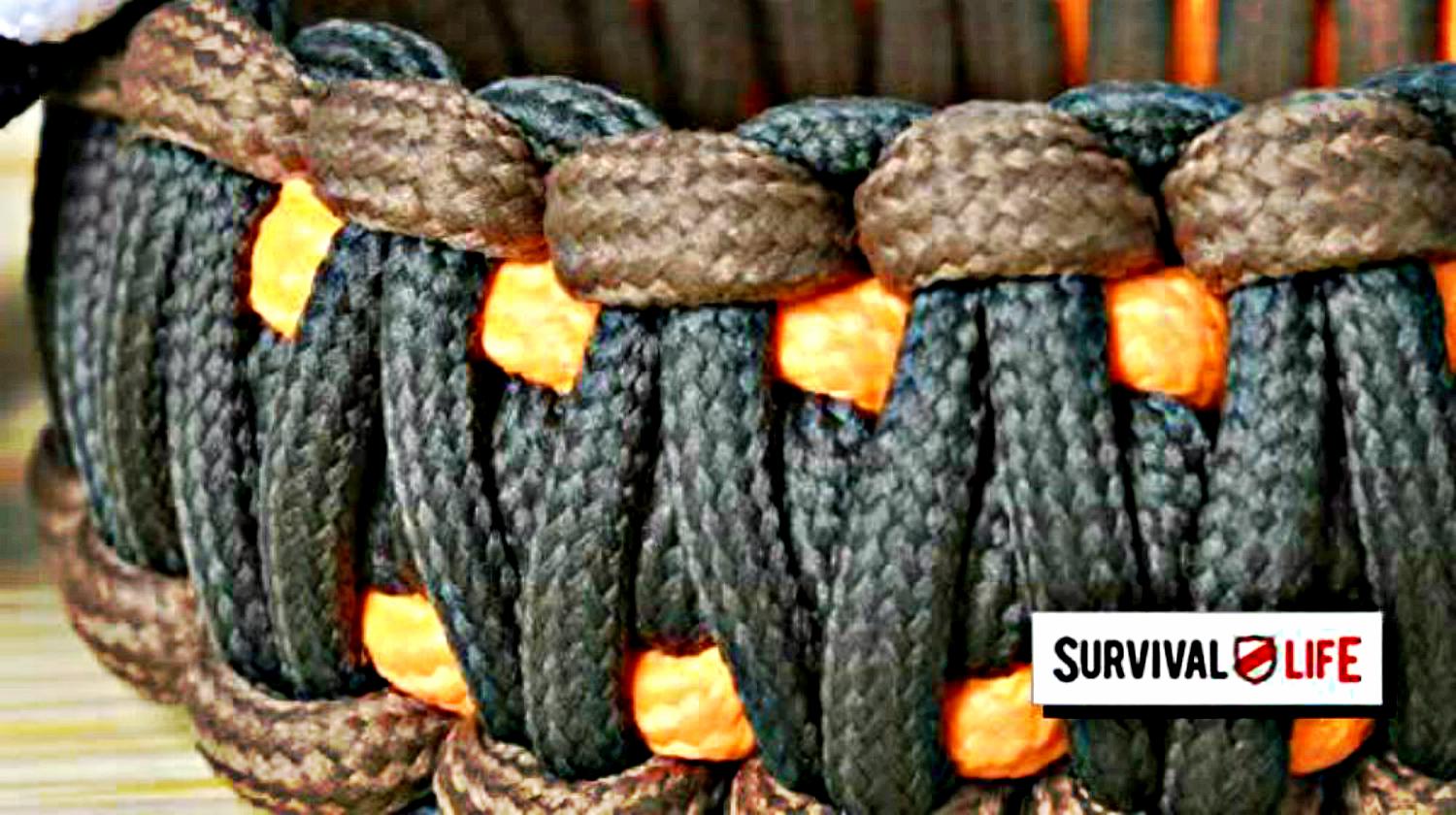




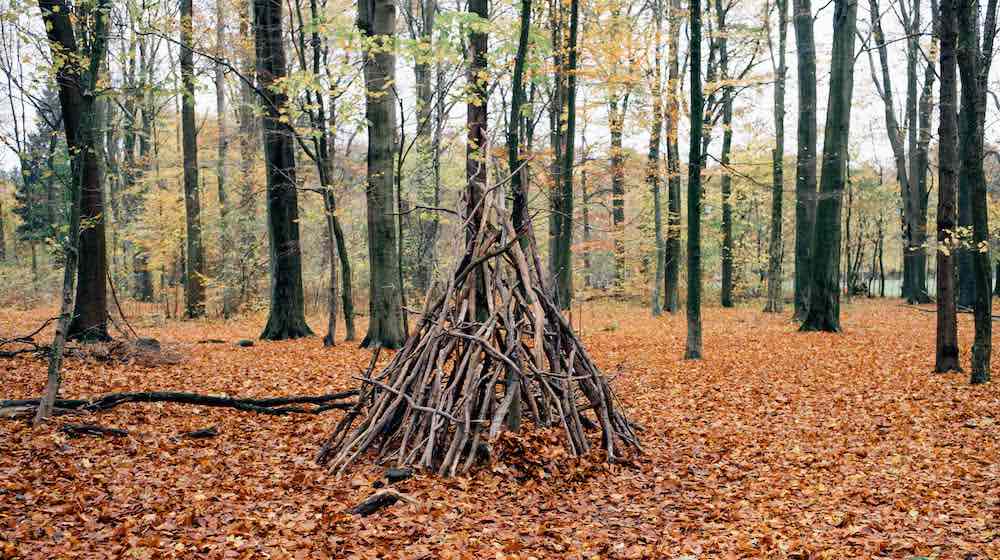


You must be logged in to post a comment Login